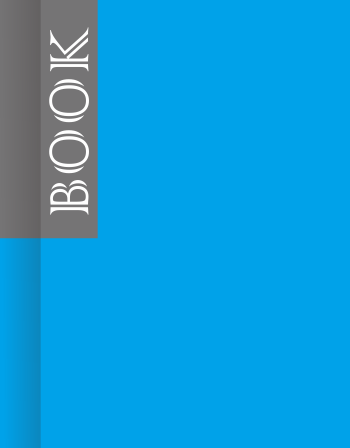DIGITAL LIBRARY
 | JUDUL | : | Perbandingan Instruksi Video Call dan Panggilan Suara Berbahasa Indonesia Pada Ketepatan Posisi Tangan Chest Compression Only |
| PENGARANG | : | EMELIA RAHMAWATI - 589 | |
| PENERBIT | : | UNIVERSITAS LAMBUNG MANGKURAT | |
| TANGGAL | : | 2021-12-09 |
Latar Belakang: Out-of-hospital cardiac arrest (OHCA) adalah henti jantung
yang terjadi di luar rumah sakit dan merupakan salah satu penyebab kematian
secara mendadak yang paling umum di seluruh dunia. Resusitasi Jantung Paru
(RJP) merupakan tindakan pertama yang harus diberikan secara cepat dan
tepat. Menurut American Health Association (AHA), tindakan CPR yang
dilakukan oleh penolong awam perlu diinstruksikan oleh Emergency Medical
Services (EMS).
Tujuan: Untuk membandingkan ketepatan posisi tangan penolong saat
melakukan kompresi dada yang diinstruksikan melalui video call dan voice call
dalam Bahasa Indonesia.
Metode: Penelitian ini merupakan penelitian eksperimen dengan menggunakan
probability sampling. Sampel terdiri dari 40 orang yang dibagi menjadi dua
kelompok yaitu kelompok instruksi melalui video call dan panggilan suara
berbahasa indonesia.
Hasil: Hasil uji Mann Whitney menunjukkan bahwa tidak ada perbedaan yang
signifikan antara instruksi panggilan video dan kelompok instruksi melalui
panggilan suara Bahasa Indonesia (p = 0,209). Kesimpulannya, pemberian
instruksi melalui video call atau voice call tidak berbeda secara nyata dalam
akurasi posisi tangan.
Diskusi: Pemberian instruksi video call maupun panggilan suara saat melakukan
Chest Compression Only tidak terlihat adanya perbedaan pada ketepatan posisi
tangan. Disarankan untuk meningkatkan kualitas dari bystander, petugas
operator, dan sistem yang digunakan petugas operator agar terlihat perbedaan
dari kedua instruksi.
Kata kunci: cardiopulmonary resuscitation (CPR); posisi tangan; video call;
panggilan suara
Background: Out-of-hospital cardiac arrest (OHCA) is an out-of-hospital cardiac
arrest and is one of the most common causes of sudden death worldwide.
Cardiopulmonary Resuscitation (CPR) is the first action that must be given
quickly and precisely. According to the American Health Association (AHA), CPR
actions performed by the lay rescuer need to be instructed by Emergency
Medical Services (EMS).
Objective: To compare the accuracy of the hand position of the lay rescuer when
performing chest compressions, which was instructed through video calls and
voice calls in Bahasa.
Method: This research is an experimental study using probability sampling. The
sample consisted of 40 people divided into two groups: the instruction group via
video call and Bahasa.
Results: The results of the Mann Whitney test showed that there was no
significant difference between a video call and voice calls instructions in Bahasa
(p = 0.209). The conclusion is that giving instructions via video calls or voice calls
did not significantly differ in the accuracy of hand position.
Discussion: Giving video call or voice calls instructions when doing Chest
Compression Only didn’t show any difference in the accuracy of the hand
position. It is recommended to improve the quality of the observers, the operator,
and the system used by the officers to see the difference between the two
instructions.
Keywords: cardiopulmonary resuscitation (CPR); hand position; video call; voice
call
| NO | DOWNLOAD LINK |
| 1 | FILE 1 |
File secara keseluruhan dapat di unduh DISINI